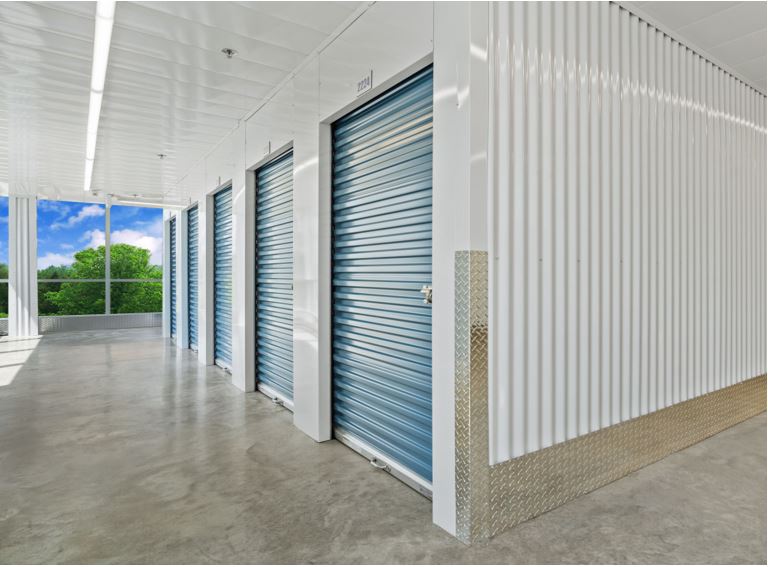
The U.S. self-storage market is experiencing fast growth, driven by evolving consumer needs, technological advancements, and strategic investments.
As of 2024, the market is projected to expand at a compound annual growth rate (CAGR) of 5.3%, with the market size expected to grow from $44.20 billion in 2022 to $67.02 billion by 2030. This growth is a testament to the increasing demand for storage solutions across the country.
Technological Advancements Fuel Market Expansion
One of the key drivers of growth in the U.S. self-storage market is the integration of advanced technologies. Facilities are increasingly adopting sophisticated security systems, including surveillance cameras, biometric access controls, and smart alarm systems, which enhance the safety and security of stored items.
Additionally, the use of Internet of Things (IoT) devices and data analytics is becoming more prevalent, allowing operators to optimize inventory management and space utilization, thereby improving customer satisfaction and operational efficiency.
These technological advancements are not just improving the functionality of self-storage facilities but are also attracting a wider customer base.
As consumers become more concerned with the safety and accessibility of their belongings, these enhanced features offer a compelling value proposition, driving increased usage of self-storage units.
Strategic Market Movements and Competitive Landscape
The competitive landscape of the U.S. self-storage market is characterized by the presence of several major players, including Extra Space Storage, Public Storage, CubeSmart, and U-Haul International. These companies are not only expanding their market presence through technological investments but are also engaging in strategic mergers and acquisitions.
For example, Public Storage’s acquisition of Simply Self Storage for $2.2 billion in 2023 highlights the ongoing trend of consolidation in the industry, as companies seek to enhance their service offerings and capture a larger market share.
According to recent reports, over 37% of self-storage space in the U.S. is controlled by the top five firms, showcasing the market’s semi-consolidated nature. These companies are leading the way in adopting innovative solutions and expanding their operations, which is important for maintaining competitiveness in a rapidly growing market.
Market Trends and Future Outlook
Several trends are shaping the future of the U.S. self-storage market. One notable trend is the increasing demand for self-storage among urban populations, particularly in cities where living spaces are often limited.
The millennial population, in particular, is driving this demand, as many opt for apartment living in urban areas where space is at a premium. This trend is especially big in cities like New York, Los Angeles, and Miami, where average apartment sizes are smaller, and the need for additional storage is greater.
Another significant trend is the use of self-storage by small businesses. Many e-commerce and small enterprises are turning to self-storage units as a cost-effective solution for inventory management and operations, particularly in urban areas where warehouse space is expensive and limited.
Despite a slight decline in occupancy rates and rental prices from their 2022 peaks, the self-storage market remains resilient. In 2023, the national average cost to rent a self-storage unit was $96.25 per month, down from $110.01 in 2022. However, the sector continues to show strong performance metrics, with high occupancy rates and ongoing investment in new facilities and technologies.
Conclusion
The U.S. self-storage market is set to continue its growth trajectory, driven by technological innovations, strategic industry movements, and evolving consumer demands. As more consumers and businesses seek flexible, secure, and accessible storage solutions, the market is expected to see sustained expansion in the coming years.
Companies that can use these trends and continue to innovate will be well-positioned to capitalize on the opportunities in this dynamic industry.
